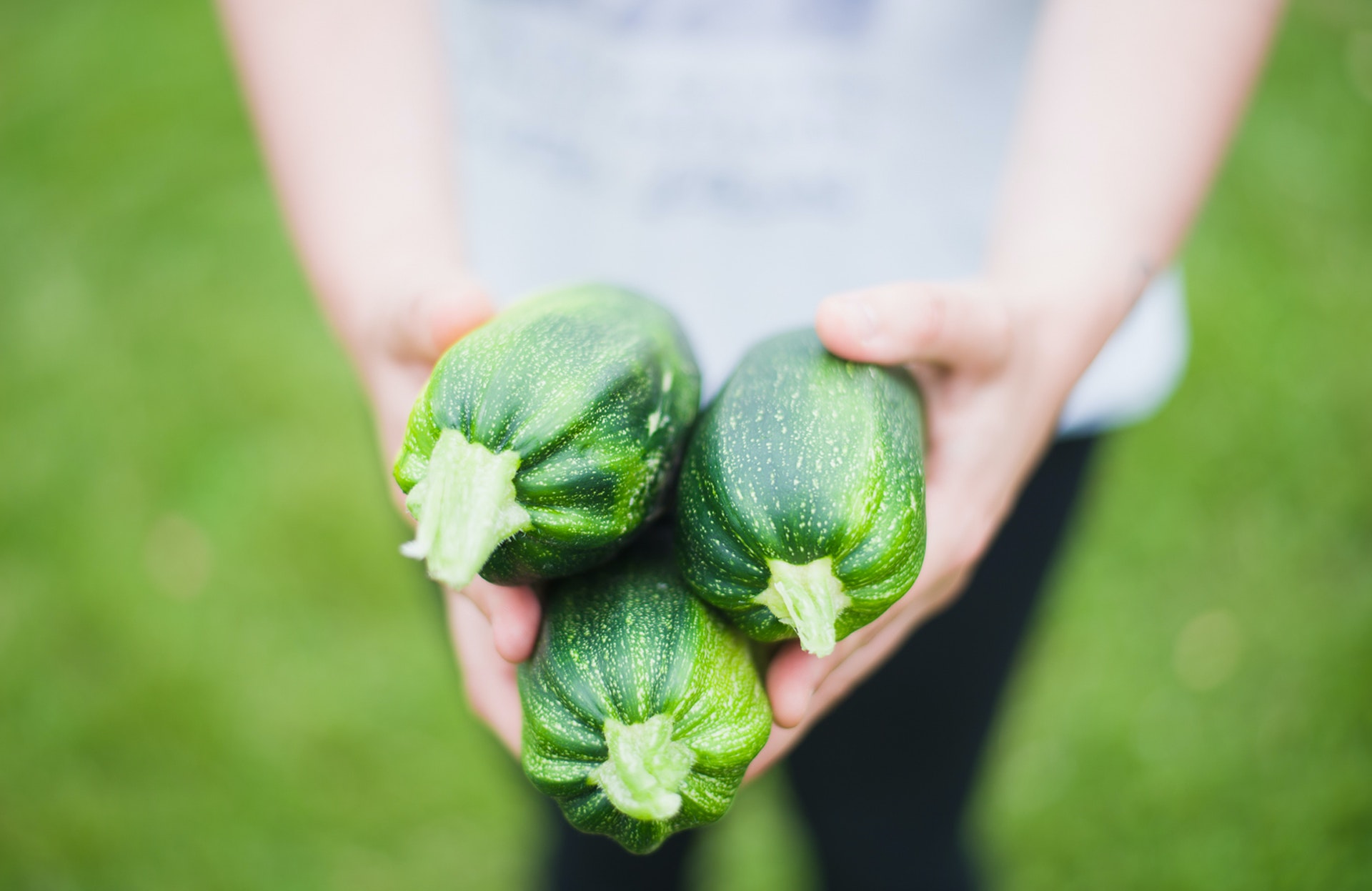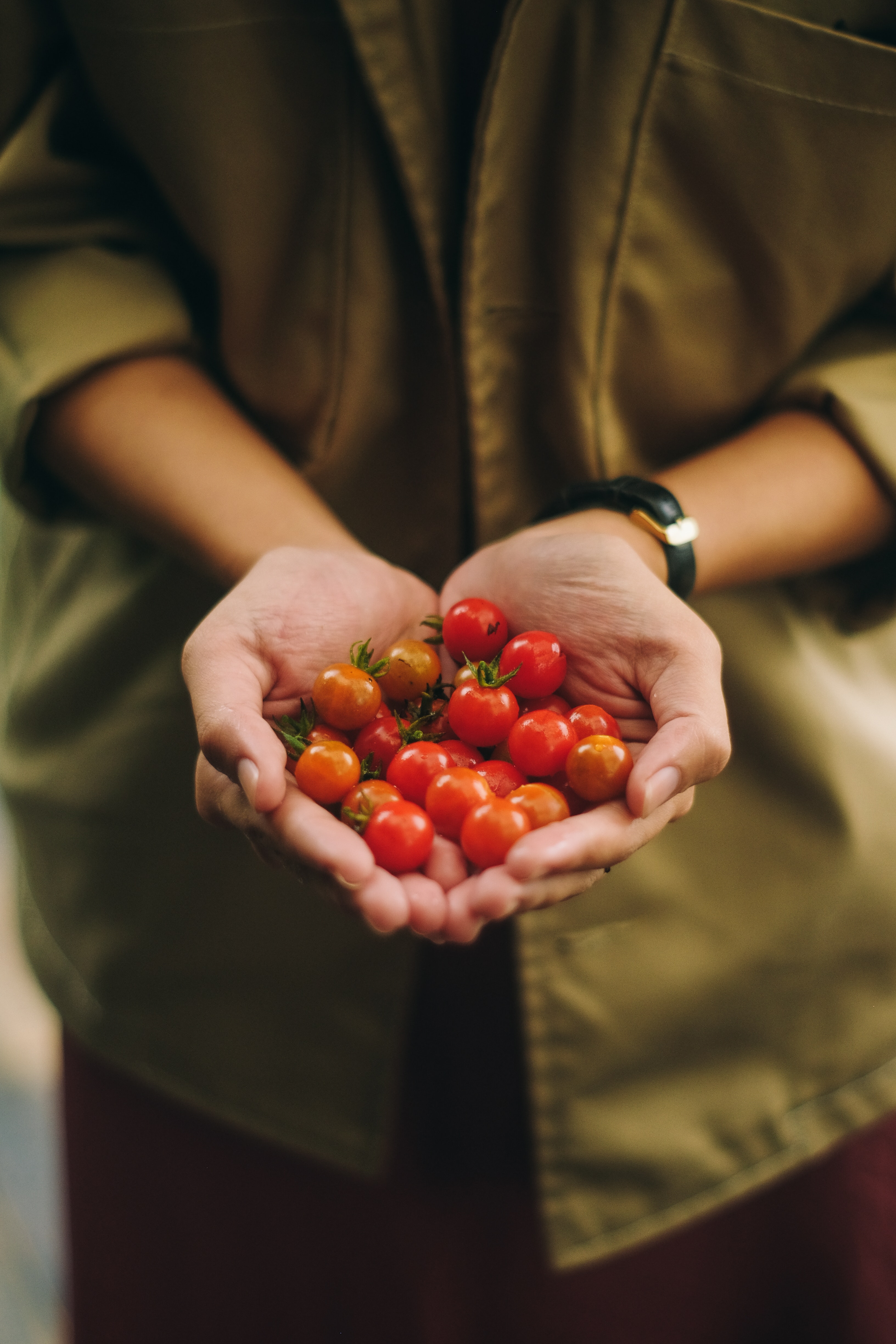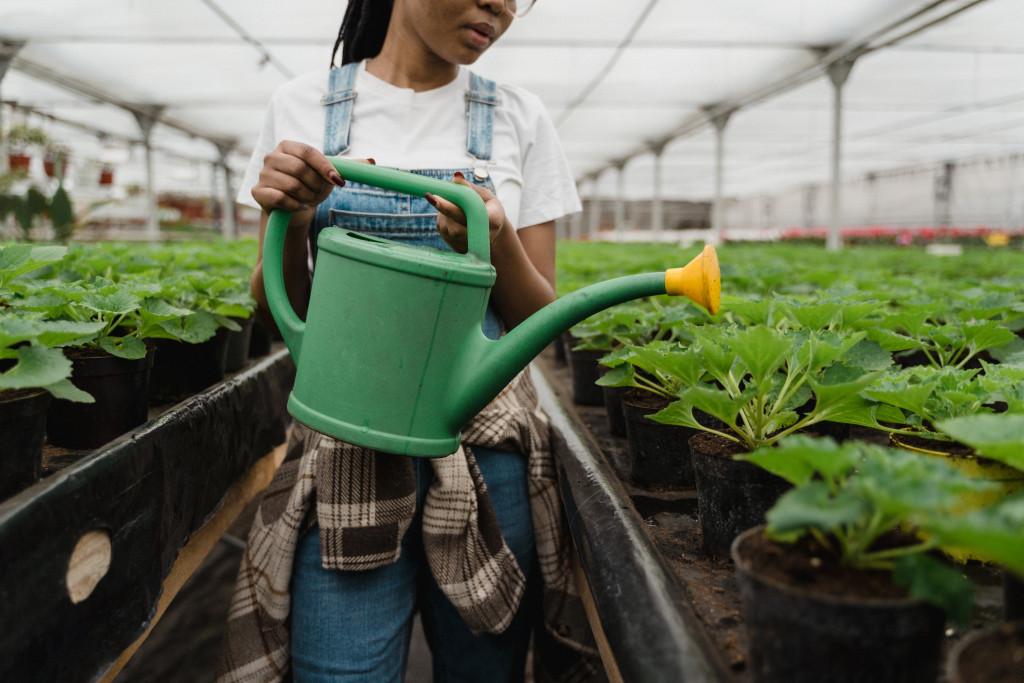Vegetable garden for beginners
Why gardening, you ask? How about enjoying the best vegetables and fruits you've ever eaten? If you've never tasted fresh garden produce, you'll be amazed at its sweet, juicy taste and vibrant texture. There is absolutely nothing like fresh vegetables, especially if you grow them yourself, you can!
It may sound difficult at first, but gardening is a very rewarding hobby. On this page, we'll highlight the basics of vegetable gardening and planning: How to choose the right site for your garden, how to create the right sized garden, and how to choose vegetables to grow.

Choose the right location
Choosing a good location for your garden is absolutely essential. A lower quality location can lead to lower quality vegetables! Here are some tips for choosing a good website:
1. Sunny place
Most vegetables need 6-8 hours of direct sunlight per day. There are a number of vegetables (mostly leafy greens) that will tolerate shade.
2.Drain well and do not get wet
If you have poorly drained soil where water accumulates, plant vegetables in raised beds or rows for better drainage. Wet soil means wet roots, which can turn into rotten roots. If you have rocky soil, dig and remove rocks, as they will hinder root growth and make the plant weaker.
3.Stable and no wind
Avoid places with strong winds that could knock your seedlings down or prevent pollinators from doing their job. You also don't want to plant a tree where there's a lot of traffic or it's prone to flooding. Plant in a place that can make Goldilocks smile - somewhere "just right".
4.Nutrient rich soil.
Your land feeds your plants. If you have thin, nutrient-poor soil, you will have poor and unhealthy crops. Mix lots of organic matter to help the plant grow. See how to prepare the soil for vegetable crops.
Choosing right Vegetables
As a beginner, start by choosing vegetables that are easy to grow but also effective. We have listed ten easy vegetables below. However, it`s also a good idea to contact your state's cooperative extension service to find out which plants grow best in your area. For example, if you live in an area where the weather is very hot, vegetables that prefer cooler temperatures can have a hard time.

3 Tips for choosing right vegetables
1. Choose what you like to eat. If no one likes Brussels sprouts, don't bother growing them! But if your child likes chickpeas, try to grow more beans.
2. Be prepared to care for your plants throughout the growing season. Are you going on summer vacation? Remember that tomatoes and zucchini thrive best in mid-summer. If you are away for part of the summer, you need someone to take care of your crops, or they will suffer. Or, you can simply grow cool-season crops like lettuce, kale, peas, and root vegetables during the cooler months of late spring and early fall.
3. Use high quality seeds. Seed packets are cheaper than individual plants, but if the seeds don't germinate, your money and time will be wasted. A few extra coins in the spring for that year's seeds will yield higher yields at harvest time.










